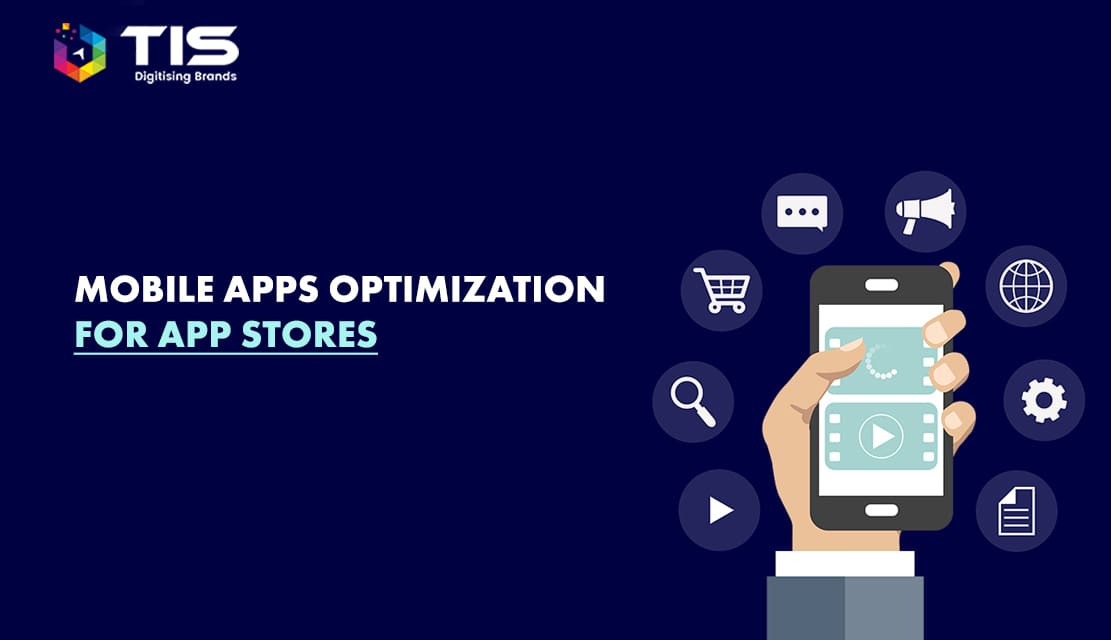
According to the research firm Gartner, more than 230 billion applications would have been downloaded in 2021. This means that if you’re currently developing mobile applications – whether as a tool to build your brand equity or as a source of revenue – there is a sizeable market waiting for you. This also means that there is a shift in focus from developing the best app to making sure that your app appears in app store searches.
Sounds familiar? Similar to the emergence of SEO in the mid-1990s, mobile store optimization is rising fast as a mobile marketing practice. With approximately 2.59 million apps available in Google Play and the same number of apps available in the Apple App Store, these are saturated markets where apps can easily sink into the background and go unnoticed.
App store optimization can be considered a mobile marketing practice in its infancy stage. Here are a few basic guidelines that can help you ensure that your app gets seen and downloaded by the relevant audience.
There are major factors that influence mobile app optimization. These are textual factors, popularity factors, and rating factors. How you name or label your app is the first textual factor you need to consider. Your app’s name is the primary measure of relevance app stores use when someone searches for an app in either Google Play or Apple’s App Store.
While a catchy name is a must, your app’s name should also include a phrase that describes its purpose. For example, “Calorie Buster: Free Calorie Counter for Weight Loss.” There are also instances wherein apps are listed alphabetically so you would want to begin with the letter “A” when thinking of a name for your app.
Aside from the name of the app itself, the name of the app publisher equally plays an important role in terms of ranking. It is highly encouraged that you include keywords or search terms you would want your app to rank high for in your publisher name. It’s also a current best practice to publish your apps under several subdivisions so you can include more keywords.
The same SEO principle that good meta descriptions increase click-through rate applies in app store optimization. Beyond a good textual description, include visually appealing icons, captivating screenshots, and even instructional videos to encourage downloads.
Why do you want to increase downloads? Next to textual factors, the next app ranking criteria are measures of popularity. The number of individuals who have downloaded your app so far is a key indicator of authority, credibility, and trust and these are the primary consideration in app store ranking.
Ranking high in Google Play and Apple App Store is also dependent on the spike trends in the number of downloads that your app gets. If you get a significant number of downloads within a relatively short period of time, you will rank well in both categorized and general lists, as well as for keywords that are indicated in your app description. However, this aspect in your mobile store optimization does not mean you can just launch, get good download numbers and leave. There are many platforms that look into historical data such as week-on-week growth percentages.
Another reason why you just can launch and leave is the fact that Google Play Store and Apple App Store collate data on the number of people that uninstalled your app and those who are not really using it. You can perform well in app store rankings today, but you can lose this rapidly if these app markets detect a huge increase in uninstallation.
Lastly, you should pay attention to how users are rating and reviewing your app. Different app markets use the keywords in reviews to rank mobile applications in varying degrees, but what’s important is that reviews play a crucial role in terms of influencing users to install your app. Ratings are also important as highly rated apps are usually ranked higher than poorly rated ones.
Again, these are just basic app store optimization guidelines. As mobile app marketing becomes more complicated and sophisticated, so will the optimization practices. So, keep an eye out for these developments and always be prepared to cope with the change.
To have an overview of our article, mobile app optimization in the Google play store or iPhone store is not at all complicated. However, it does require some knowledge and patience in its implementation in order to achieve the desired results.
The points mentioned in this guide will help you understand the similarities, as well as the differences in mobile app optimization in both Google and Apple, play stores. This guide will help you to increase your app downloads along with increasing your store’s organic visibility.
If you require any professional help, feel free to connect with an expert from TIS India and we will be happy to help.